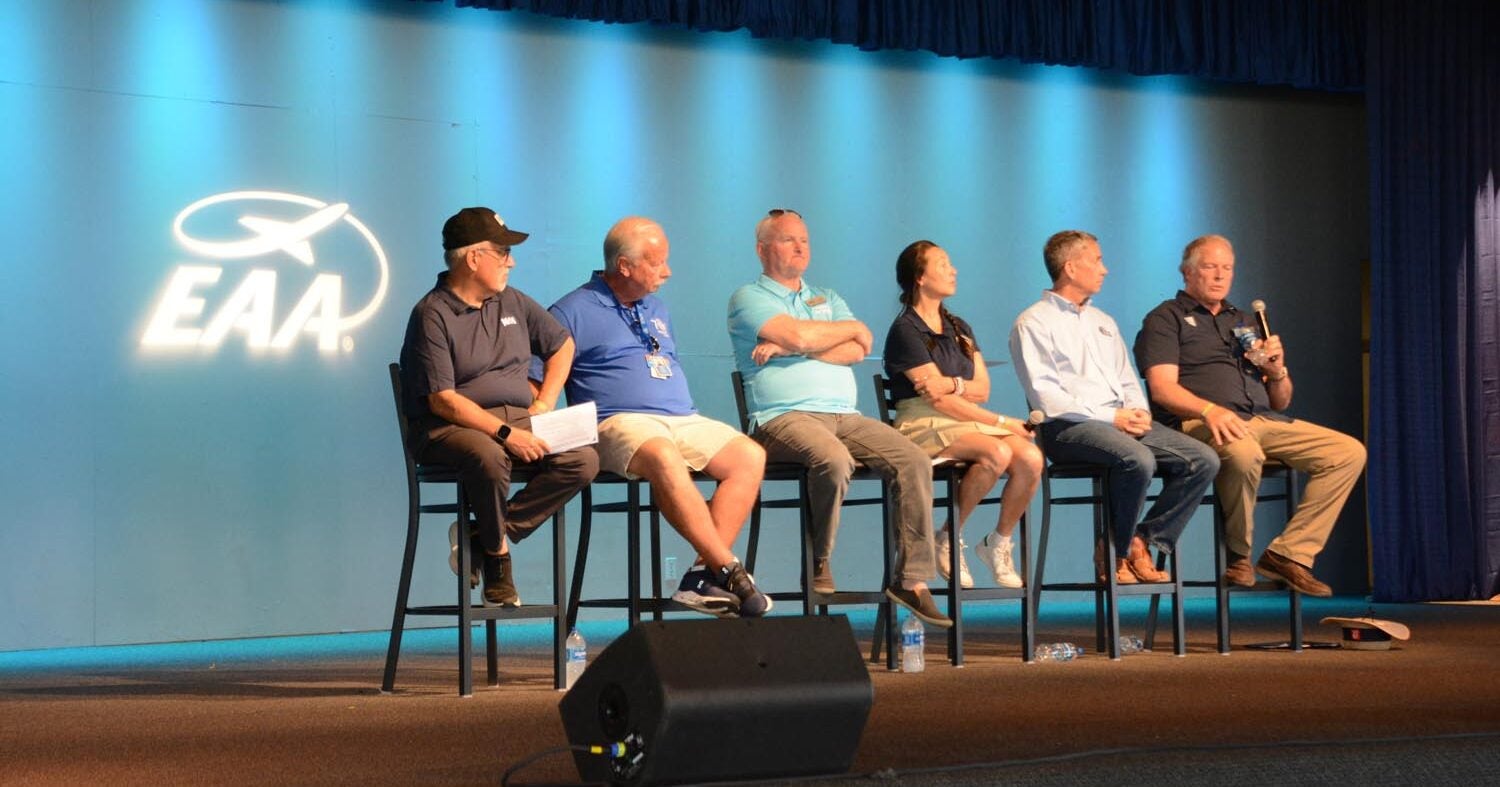 If it’s AirVenture then it’s time to make a low pass over the unleaded fuel scene as it works us towards an unleaded fuel future. This is made, um, easier by the FAA’s EAGLE initiative gathering the participants in this very complex endeavor for a seminar. EAGLE stands for Eliminate Aviation Gasoline Lead Emissions and its mandate is to provide a minimum of one unleaded aviation fuel by 2030.
If it’s AirVenture then it’s time to make a low pass over the unleaded fuel scene as it works us towards an unleaded fuel future. This is made, um, easier by the FAA’s EAGLE initiative gathering the participants in this very complex endeavor for a seminar. EAGLE stands for Eliminate Aviation Gasoline Lead Emissions and its mandate is to provide a minimum of one unleaded aviation fuel by 2030.
Showing just how involved removing lead from avgas is, today’s presentations came from an impressively diverse number of speakers ranging from the FAA to rotorcraft associations. Most centrally, these included the energy (oil) companies developing the fuels but also included the many people involved, from distributors, FBO’s and some users, such as the rotorcraft folks.
It’s worth noting the entry to EAGLE requirement for the fuel makers is a fuel that meets the published technical specifications (99.6 Motor octane, for example). Therefore, there are fuels being tested today by participating EAGLE energy companies Phillips, Swift and Lyondell.
One unleaded fuel contender, GAMI, has opted not to participate in EAGLE, was not part of the presentation and is offering its fuel through the STC process.
With seven years to go before the unleaded mandate hits with finality, plus few of us did very well in high school chemistry or have a passing understanding of how gasoline is made today’s seminar was long on generalities and non-specific re-assurances. Certainly new fuels have been formulated and initially tested, with continued testing ongoing. What was clear was the EAGLE participants seem genuinely interested in safety and transparency, points hammered home today by the FAA and the oil companies. That is, any approved fuels coming out of EAGLE must mix safely with 100LL (they all do) and each other (no one knows yet).
It’s difficult to overstate the complexity of how these fuels might mix in the real world, the number of materials they could come in contact with (one airframer apparently submitted a list of over 220 materials they use that should be tested against the new fuels), or the operational conditions they might encounter. One fuel company cited over 1,000 hours of testing just for oil compatibility issues, for example (no issues have been discovered so far). For sure coming up with a replacement unleaded fuel that doesn’t require any changes to the aircraft, storage, transportation or refining equipment is going to take extensive testing.
As for transparency, it was stressed how technical issues must be identified and shared among all stakeholders and this is one of the big advantages of EAGLE. It was noted this is especially true in the wake of the Boeing MAX story.
What wasn’t forthcoming today were the down in the trenches information we end users are interested in, such as how much are these new fuels going to cost, when they will be available and what the transition period when both 100LL and multiple unleaded fuels are available is going to look like. The FAA EAGLE website is www.faa.gov/unleaded.













